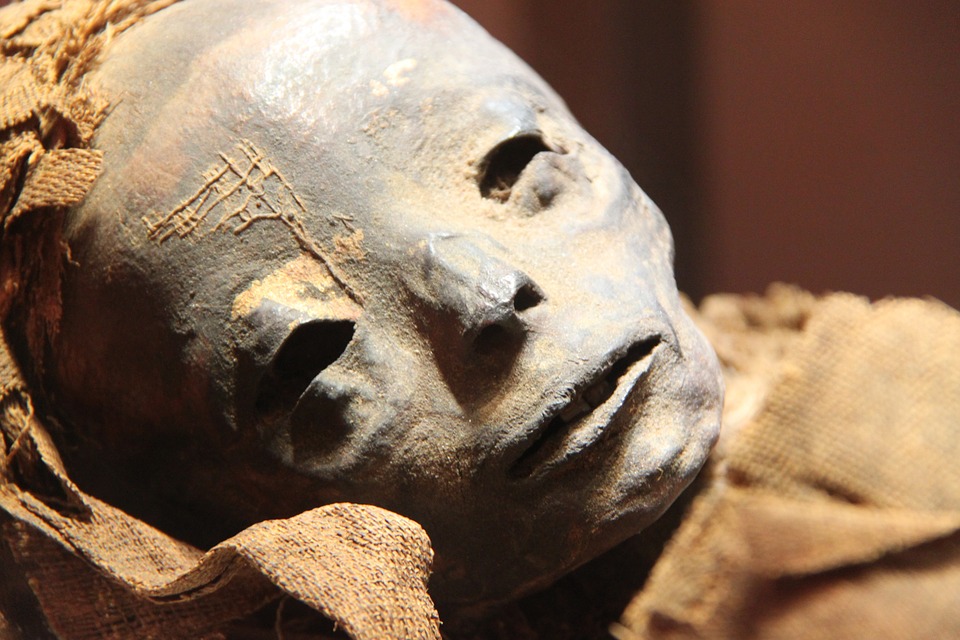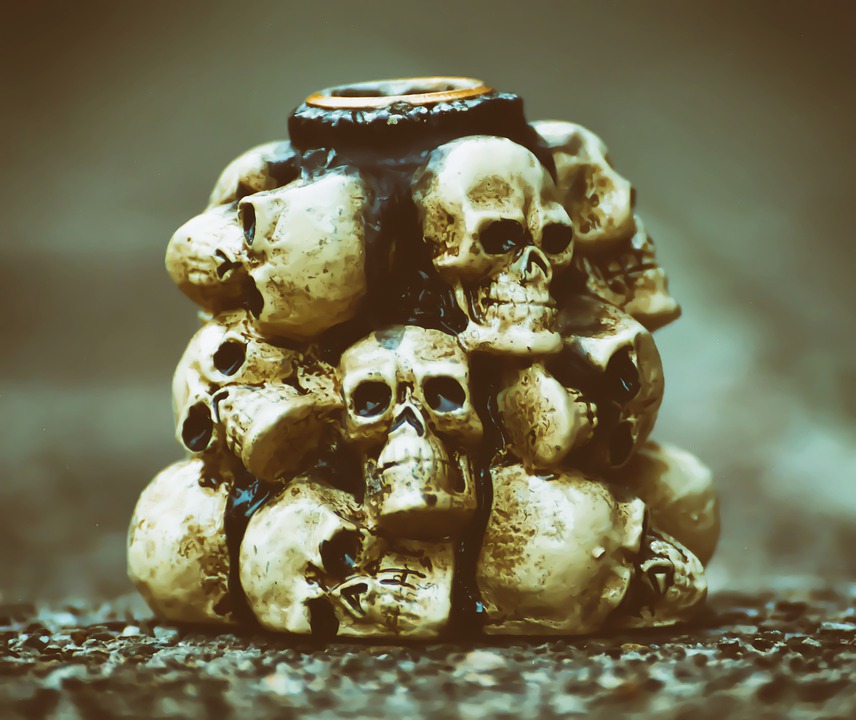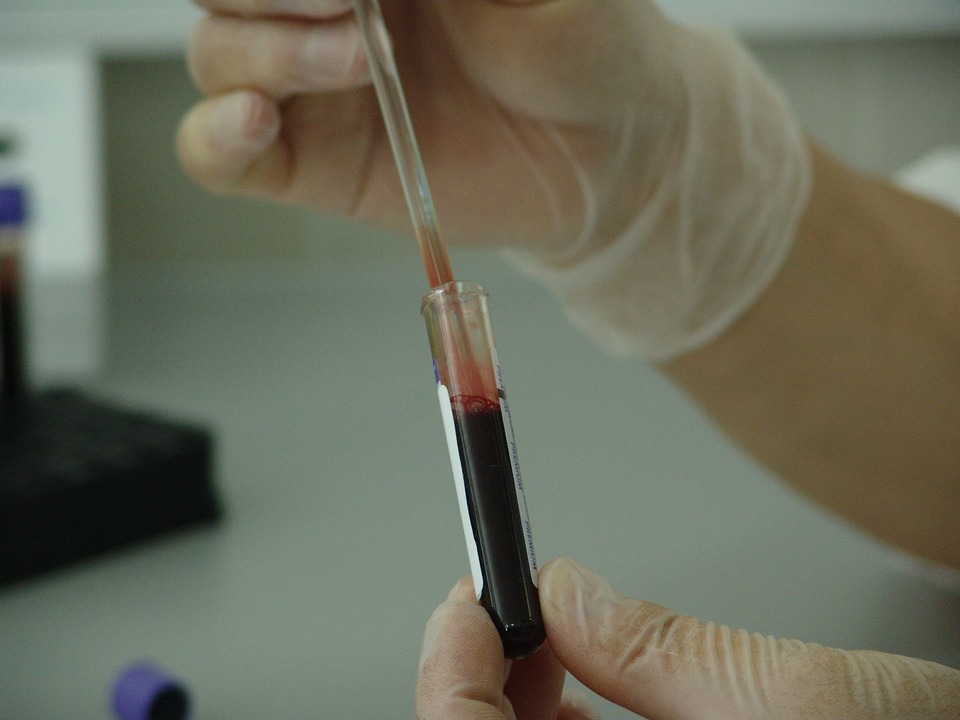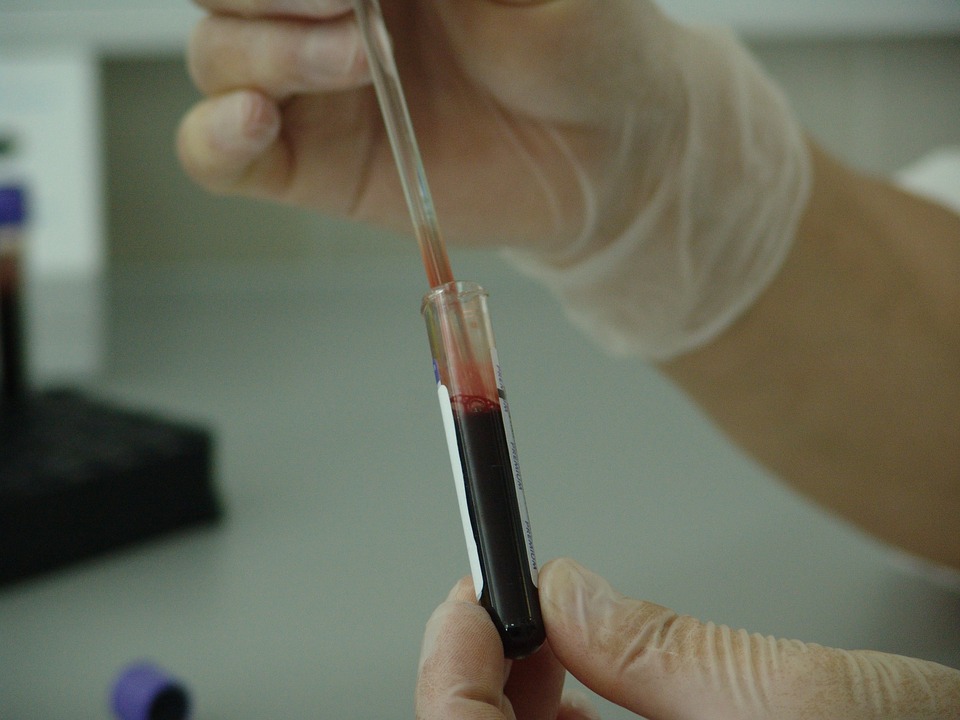When we hear about cannibalism, our minds go straight to ancient cannibalistic rituals or human flesh-eaters. However, there was an era when people around the world used to consume human body parts for medicinal purposes.
Let’s discover the connection between cannibalism and healing!
Is Medical Cannibalism Really the Consumption of Human Flesh?

Yes! Medical cannibalism can be defined as the consumption of a human body, dead or alive, for healing purposes. For instance, human body parts and fluids are used in pharmaceuticals because if the human body can heal itself, it is also capable of healing another human body.
Now, let’s shift our focus to when and why human corpses were used as medicine!
Egypt
There are many claims that the practice of medical cannibalism originated in ancient Egypt, where, according to secondary pieces of written information, Egyptian rulers used to bathe in human blood to cure their parasitic infections.
Europe
Let’s admit it, who didn’t drool over the handsome and blood-sucking Damon Salvatore from “The Vampire Diaries”? However, you will be shocked to know that drinking blood is a real practice that can be traced back to the Roman Empire in the second century.
Marsilio Ficino, a Catholic priest of the Italian Renaissance, stated that Romans used to drink blood from the arms of dead young people to absorb their vitality and strength. Moreover, blood was also consumed for the treatment of epilepsy. In his work titled the “Natural History”, Pliny the Elder described how epileptics would suck warm blood directly from freshly killed gladiators’ wounds. Back then, it was believed that the fresh warm blood of a sudden violent death contained strong healing powers.

By the 16th century, medical cannibalism became a widespread practice all over Europe. Before the advent of mummies in horror movies, they were used by Europeans as a source of medicine. In the 15th century, when merchants plundered ancient Egyptian tombs, European apothecaries were impressed by the waxy substance produced by mummified bodies, leading to a significant increase in demand for mummies. Mummified bodies were soaked in alcohol or vinegar and were used as tinctures to treat internal bleeding. They were also used to make plasters against venomous bites or for joint pain. Moreover, the Pre-Raphaelites made a pigment with ground-up mummies called mummy brown.
An English physician published an academic work where he described the health benefits of the mummy:
“….is effectual in purging the head, in the consolidation of wounds, in the contractions of the limbs and in the treatment of head diseases and epilepsy.”
Human fat was another prized remedy. It was rubbed on the skin to reduce skin inflammation and pain and its powdered form was used to treat bleeding and bruising. Théodore de Mayerne, a famous physician who used to treat English and French kings, recommended a pain-killer plaster made up of human fat. If you could have transported back in 1694 in Paris, you could have easily seen people buying human fat from drug stores.

The human skull was another valuable human part that was believed to have powerful healing powers. Skulls were often robbed from burial sites and were used to treat fevers and stomach diseases. English king Charles II was known for being very fond of using human skulls in a concoction called “King’s Drops.” The king paid a huge sum of money to a local professor to prepare the potion. The recipe consisted of crushing human skull into fine dust, adding some drops of alcohol to it and then drink it down in one go. During the 1700s, this brew was widely sold in London shops and some physicians even added certain herbs to the mixture.
Powdered skull was also used to promote hair growth and was often combined with chocolate to treat apoplexy. In the late 17th century, people who suffered from fits of bleeding were cured by applying moss that had grown on human skulls. Some Englishmen mixed fine powder obtained from the skull with molasses to treat epilepsy.
Leviticus 17: 11 says that “the life of the flesh is in the blood.”

Soon, the human blood was considered a powerful elixir because it was believed to possess the deceased’s soul. This medical vampirism was particularly favoured during the Renaissance when people were advised to drink blood straight from executed criminals to gain incredible strength or exceptional wisdom. Even lower-working class people who could not afford common types of medicines took their cups during executions, paid a small fee to the executioner and filled their cups with fresh blood. As a result, criminals’ execution was regarded as decreasing criminals and serving the public with good health.
The most shocking aspect of medical vampirism was that according to the statement of Ficino, older people used to believe that they could regain their youthhood by sucking the blood of adolescents.
Why don’t we share the famous blood jam recipe by a Franciscan apothecary in 1679?
“The first step is to take the blood of people with blotchy or red complexions and let it dry into a sticky mass. Place it upon a flat, smooth table of softwood, and cut it into thin little slices, allowing its watery part to drip away. When it is no longer dripping, place it on a stove on the same table, and stir it to a batter with a knife. When it is absolutely dry, place it immediately in a very warm bronze mortar, and pound it, forcing it through a sieve of the finest silk. When it has all been sieved, seal it in a glass jar and your blood jam is ready to serve.”
As per the above study, does that mean that murderers such as Albert Fish and Boone Helm were objects to medical treatments after devouring their victims? Do you find this barbaric practice equal to any standard medical systems? Please share your views.


